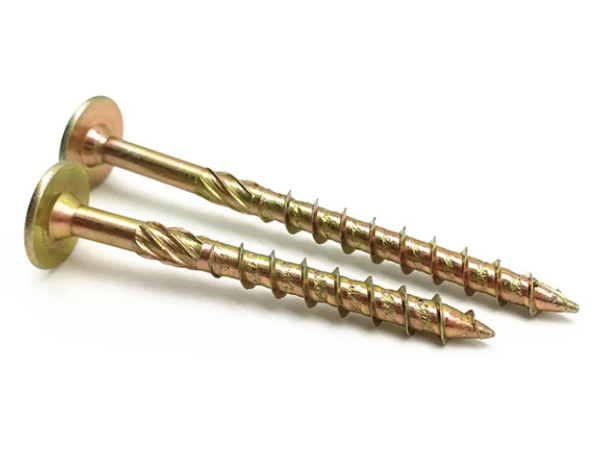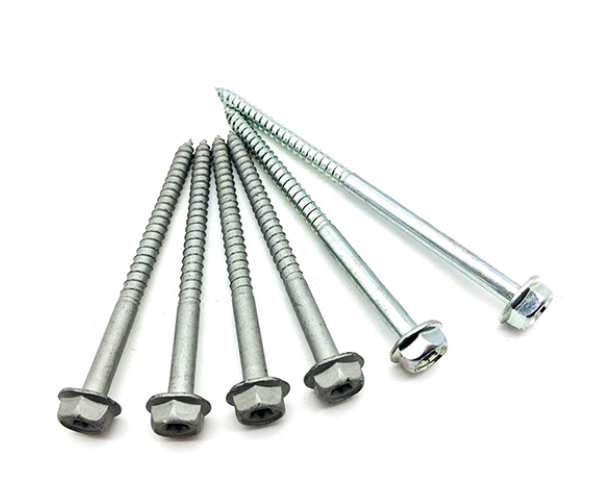Copyright © 2021 Kinfast All rights reserved. 粤ICP备06034726号 Site Map Powered by iwonder.cn
- TEL: +86-755-8347-9123
- E-MAIL: info@kfproduct.com
In life, bolts, screws, etc. are often mentioned. What is the difference between them? In fact, the standard statement is that there are no screws and nuts. Screws are commonly known, and those with external threads can be called "screws". The shape of the nut is usually hexagonal, and the inner hole is an internal thread, which is used to cooperate with the bolt and tighten the related parts. The nut is commonly called, and the standard should be called "nut". The head of the bolt is generally hexagonal, and the shank has an external thread. The screw is small, the head has a flat head, a cross head, etc., and the rod has an external thread. The actual stud should be called "double-ended stud", both ends have external threads, and the middle is generally a polished rod. The long end of the thread is used to connect to the deep hole, and the short end is connected to the nut.
The selection is determined according to the use occasion of the fastener and its use function.

1. Bolt
Bolts are widely used in detachable connections in mechanical manufacturing, and are generally used in conjunction with nuts (usually plus a washer or two washers)
2. Nut
A nut is a small metal object with a hole in the middle that has a corrugated hole. These curved holes are known as threads. Nuts are used as a fastening device. It is important to note that evens though nuts are used as a fastening device, they cannot be used without bolts. To understand this, we have to understand the shape of walnuts. The outer part of its body can be shaped either way, but it is mostly hexagonal cap or circular in shape.
3. Screw
The screw is usually used alone (sometimes with a washer), usually for tightening or tightening, and should be screwed into the internal thread of the body.
4. Stud
Studs are mostly used to connect one of the connected parts with a large thickness, and need to be used where the structure is compact or the bolt connection is not suitable due to frequent disassembly. Studs are generally threaded at both ends (single-end studs are threaded at one end). Usually one thread is firmly screwed into the body of the component, and the other end is matched with a nut to play the role of connection and fastening. To a large extent, it also has a fixed distance function.

5. Wood screws
Wood screws are used to screw into wood to connect or fasten.
6. Self-tapping screws
The working screw hole matched with the self-tapping screw does not need to be tapped in advance, and the internal thread is formed while the self-tapping screw is screwed in.
7. Washer
The washer is placed between the supporting surface of bolts, screws, nuts, etc. and the supporting surface of the workpiece to prevent loosening and reduce the stress on the supporting surface.
8. Retaining ring
The retaining ring is mainly used to position, lock or stop the parts on the shaft or in the hole.
9. Pin
Pins are usually used for positioning, can also be used to connect or lock parts, and can also be used as overload shearing elements in safety devices.
10. Rivets
The rivet has a head at one end, and the shank has no thread. When in use, the rod is inserted into the hole of the connected piece, and then the end of the rod is riveted to play the role of connection or fastening.
If you are looking for a reliable merchandise of screws or bolts etc, Kinfast is a good choice for you. Contact us now!